Interpretation Series Part III: Analyzing Scenes
So I have been feeling badly lately. . . guilty. The truth is that I don't feel like I have been able to pull my weight these days - I have every intention of writing a blog post every two weeks, and of responding to comments more regularly, but I just can't seem to do it. I know that many of you will know the feeling - The Curse of the New Parent. I just can't seem to do everything I want to do. I can't even do all of the things I need to do. Our mantra lately has been, "You can have it all, just not at the same time."And here is the thing - while I know that most of you totally get it and have interpreted our sluggishness here as a symptom of our parenthood, (or have not thought about it at all), there could be some of you who have come to a different interpretation.That's the thing about interpretations - they can change depending on your point of view. Two interpretations could be right, or valid, even if they contradict one another. It's all in how you analyze the moments that make up your interpretations. Here's an example: Recently I forgot to return a phone call to a friend. This has never been a strength of mine, and with the baby, well, my weakness in this area has grown. My friend and I talked it out. From my perspective, I am doing my best, and this "scene" of phone-call-forgetting also involved a shrieking baby who only wants to stand in my arms or crawl towards danger, a pot of food on the stove bubbling over, and a pernicious head cold. I analyzed this scene through the lens of "I'm doing my best." But my friend analyzed it differently. For her, it was a matter of priority. "You could have texted and said you couldn't talk," she said. And the fact that I forgot completely underlined how un-prioritized she was in my life at the moment, and it hurt.Of course, depending on how you analyze the scene, both interpretations are right.The way we analyze the scenes in our lives closely relates to the interpretations we have made, and the assumptions or beliefs we hold. And when we interpret texts, we will need to be able to back up those interpretations with a close analysis of the scenes that relate to those bigger ideas. Yet too often our students, when "proving" an interpretation of a text with a scene, simply write, "For example in the text it says....this shows ...repeat thesis." All too often the scene is there but the analysis is missing.There are scaffolds for helping students to analyze scenes. Top among them are using thought prompts or sentence starters to jog their thinking. And believe me, I love thought prompts. They are one of my favorite tools to get things going. But sometimes the fill-in-the-blankness of thought prompts feels a little, well, stiff. Stiff as in stilted, and stiff as in lifeless. When students don't have the rich thinking work as the soil for their analysis, nothing beautiful and vibrant can grow.There is no trick or fake to make students think without actually going back to the scenes and, yep, thinking. There is however a trick to helping students to read these scenes more thoughtfully - close reading.In Falling in Love with Close Reading, Chris Lehman and I posit that only by having a clear structure for close reading a text will students be able to become so used to doing the work of close reading that they make it their own. We offer one such structure - to read with a lens, look for patterns, and then reflect on new understandings. This structure works well when analyzing scenes as well. Let's try it now together.Say that you are analyzing the book Twilight. (I mean, why wouldn't you be?) And your thesis is that Edward's insecurity creates a dysfunctional relationship between him and Bella. This is an interesting thesis, and you have many examples from the book, but you are going to have to do more than just point to a scene and say "See? I'm right." You will have to explain how exactly this scene proves you are right and not someone who thinks that Edward's insecurity is endearing. Take this scene from the book (forgive me the shoddy screen shot): As the originator of the thesis "Edward's insecurity creates a dysfunctional relationship between him and Bella" I can see how this scene fits, but to explain it well, I am going to have to go back think through how it fits. Let's go back and reread the scene. Following our close reading structure, first I can go back to the text and pull out any evidence that supports my idea. My list might look like this:
As the originator of the thesis "Edward's insecurity creates a dysfunctional relationship between him and Bella" I can see how this scene fits, but to explain it well, I am going to have to go back think through how it fits. Let's go back and reread the scene. Following our close reading structure, first I can go back to the text and pull out any evidence that supports my idea. My list might look like this: So I have a list of details from the scene that supports my thinking. The step that will help my analysis the most is the next one: looking for patterns. To help me make this leap I can take a detail, like "lips twitched" and name what this detail suggests, either an emotion or an idea or a tone. For instance, I think the fact that his lips twitch in response to a pretty direct question is kind of manipulative. Like he is playing with Bella.Now I want to look for other details that might feel like he is playing with Bella...and that does not take long to find. Many of these details could be ways that Edwards does not just come out and answer her questions. So I circle in the same color the other details that fit this emerging pattern. I could try again and see if there are any other patterns I see. Like the detail "worried I would go into shock," shows how Edward thinks Bella is weak. And other details fit that pattern as well. Soon my notebook page looks like this:
So I have a list of details from the scene that supports my thinking. The step that will help my analysis the most is the next one: looking for patterns. To help me make this leap I can take a detail, like "lips twitched" and name what this detail suggests, either an emotion or an idea or a tone. For instance, I think the fact that his lips twitch in response to a pretty direct question is kind of manipulative. Like he is playing with Bella.Now I want to look for other details that might feel like he is playing with Bella...and that does not take long to find. Many of these details could be ways that Edwards does not just come out and answer her questions. So I circle in the same color the other details that fit this emerging pattern. I could try again and see if there are any other patterns I see. Like the detail "worried I would go into shock," shows how Edward thinks Bella is weak. And other details fit that pattern as well. Soon my notebook page looks like this: I have broken down the patterns - the ways in which Edward tends to be dysfunctional because of his insecurity. Now I can step back and do some bigger thinking. In essence I can simply list the patterns I found along with the text evidence that supports them:
I have broken down the patterns - the ways in which Edward tends to be dysfunctional because of his insecurity. Now I can step back and do some bigger thinking. In essence I can simply list the patterns I found along with the text evidence that supports them: Close reading can help your readers and writers to unpack how a scene exemplifies an interpretation, theme, or idea.This is the last post in our Interpretation Series. While interpreting texts can be an intimidating course of study with kids, the rewards are worth the work. Our kids can do the work of thinking about what a text really means - but they may need support along the way. We hope that these blog posts have been helpful. For more on teaching students to interpret, check out Donna Santman's Shades of Meaning and Sonja Cherry-Paul and Dana Johansen's Teaching Interpretation. Good luck!Kate and MaggieBig Idea: Interpretation Tiny Detail: Close Reading to Analyze Scenes
Close reading can help your readers and writers to unpack how a scene exemplifies an interpretation, theme, or idea.This is the last post in our Interpretation Series. While interpreting texts can be an intimidating course of study with kids, the rewards are worth the work. Our kids can do the work of thinking about what a text really means - but they may need support along the way. We hope that these blog posts have been helpful. For more on teaching students to interpret, check out Donna Santman's Shades of Meaning and Sonja Cherry-Paul and Dana Johansen's Teaching Interpretation. Good luck!Kate and MaggieBig Idea: Interpretation Tiny Detail: Close Reading to Analyze Scenes

